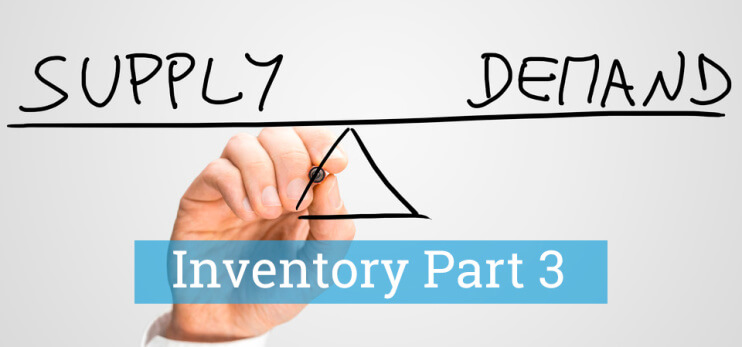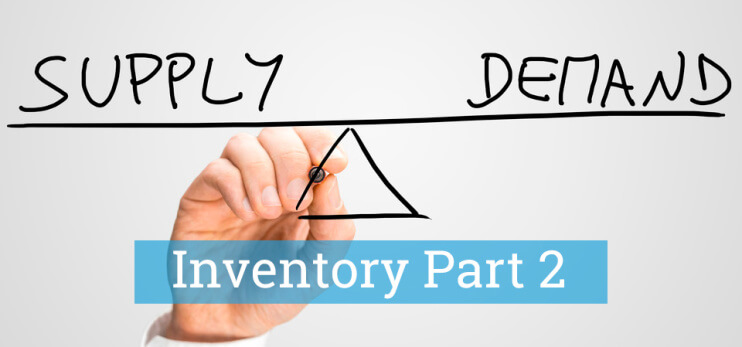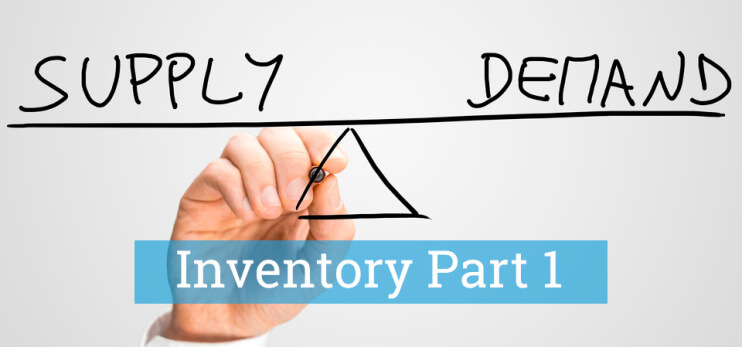The future is not far away. Changing your Logistics patterns usually occur when it has to be done – but that is when your competitors are also likely to be changing their Logistics. With more businesses competing for the new environment, prices increase. The alternative is to think ahead and consider what could happen and whether changes to your business … Read More
Value Network replaces Supply Network – fact or fiction
Value Network – the in term. To get readers’ attention on either the screen or page, it helps if the topic being written about appears to be ‘new’. Using the term Value Network is an example, with it gaining favour in articles and commentary that discuss availability of goods and services for customers and consumers. Is this because authors are tired … Read More
Build your inventory plan for a profitable business
Setting inventory policy. A Supply Chain manager will view performance across three aspects at the inventory policy level: customer service levels by inventory category/class; inventory turnover rate and the resulting operating profit. If this is done, inventory will not have to be managed against a financial target established in the annual budget. Instead, the inventory plan will be based on … Read More
Inventory policy is built on the Inventory structure
Building the inventory profile. Structuring inventory provides the means to establish an inventory policy for your organisation – based on facts, rather than opinions. The inventory policy is the basis for calculating the amount of inventory the organisation needs to service its customers. An inventory policy allows the CEO and accountant to work with a calculated level of inventory, so … Read More
Inventory is your critical buffer in supply chains
Inventory balances sales and supply. To become more competitive, management continue to make their organisations more efficient. But this has made their Supply Chains more complex. These competitive initiatives have ranged across: increased item (SKU) numbers, additional sales channels, quicker delivery times, outsourcing, global sourcing and low cost country sourcing. As complexity has increased, the processes and IT applications used to … Read More





